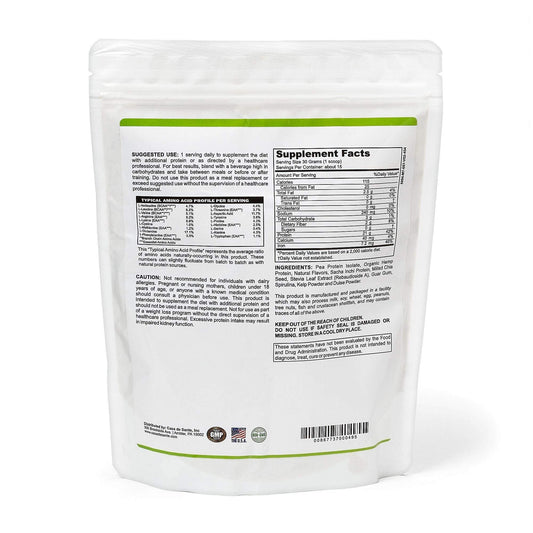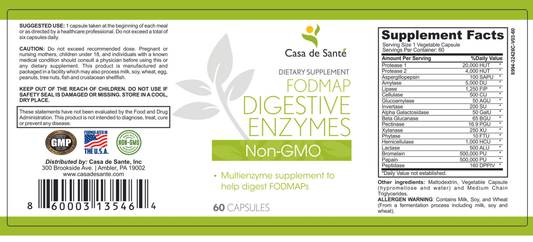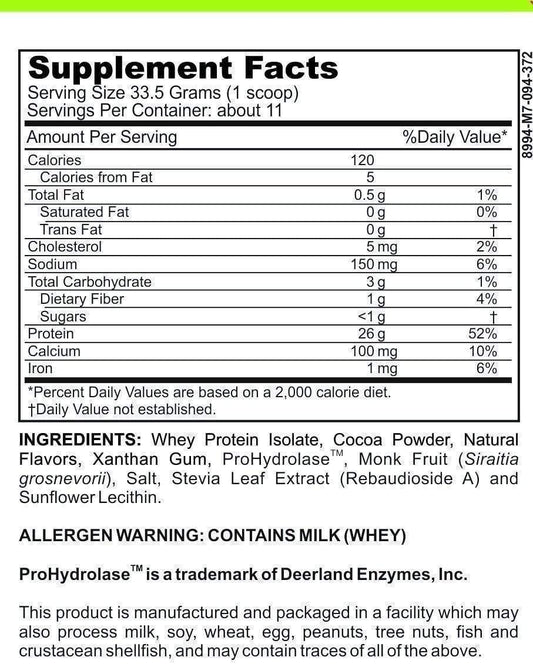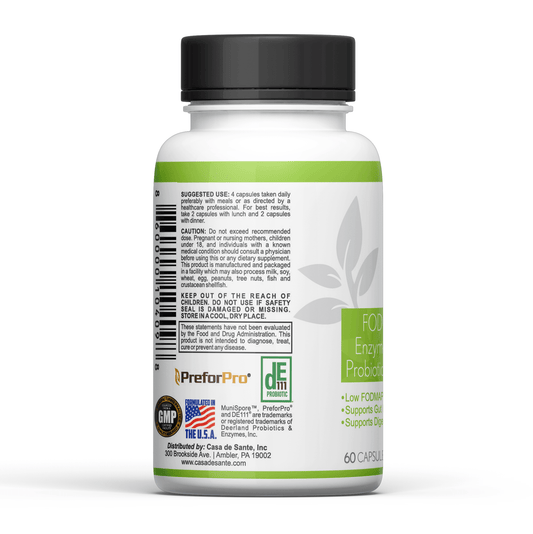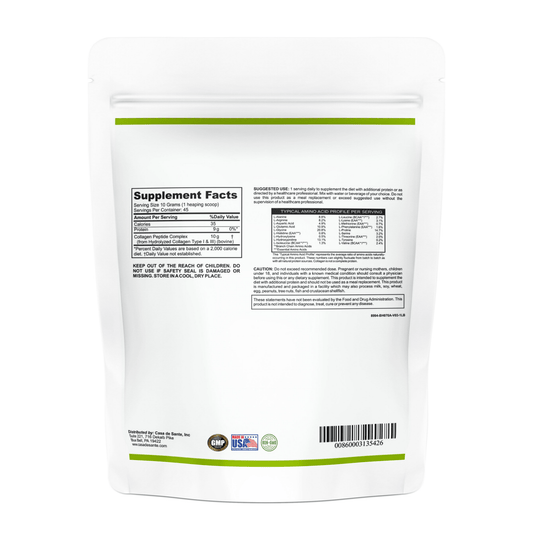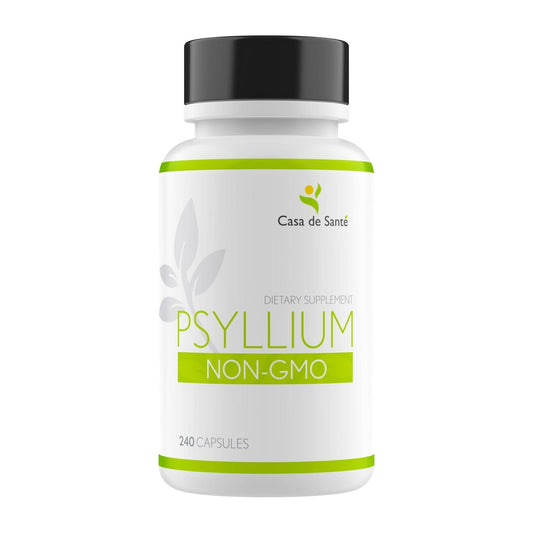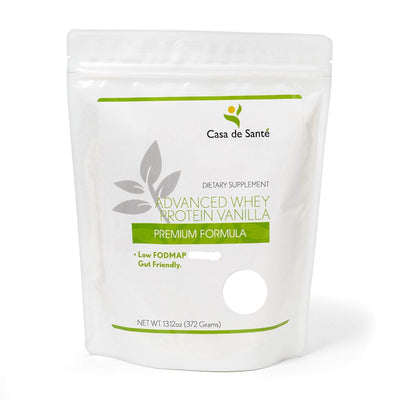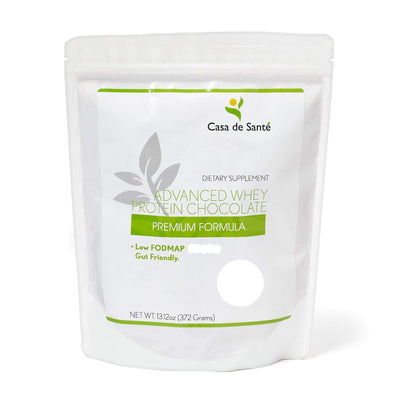The Best Sleep Positions for IBS Relief: A Comprehensive Guide
The Best Sleep Positions for IBS Relief: A Comprehensive Guide
Living with Irritable Bowel Syndrome (IBS) presents numerous challenges, and quality sleep often becomes an elusive luxury. The discomfort of bloating, cramping, and irregular bowel movements can make finding a comfortable sleeping position seem impossible. Yet, the position in which you sleep can significantly impact your digestive health and potentially alleviate IBS symptoms overnight.
This comprehensive guide explores the best sleeping positions for IBS relief, backed by scientific research and practical experience. We'll delve into how different positions affect your digestive system and provide actionable advice for improving your sleep quality while managing IBS symptoms.
Understanding the Connection Between Sleep and IBS
The relationship between sleep and digestive health is bidirectional. Poor sleep can exacerbate IBS symptoms, while IBS discomfort can disrupt sleep patterns, creating a frustrating cycle. Research published in the World Journal of Gastroenterology indicates that sleep disturbances are reported by 37-87% of IBS patients, significantly higher than the general population.
When we sleep, our digestive system continues to work, processing food and moving it through our intestines. The position we adopt can either facilitate or hinder this process, potentially influencing symptom severity upon waking.
The Gut-Brain Axis and Sleep
The gut-brain axis—the biochemical signaling between the gastrointestinal tract and central nervous system—plays a crucial role in IBS. During sleep, this communication continues, affecting both digestive function and sleep quality. Stress hormones like cortisol, which can be elevated with poor sleep, may trigger or worsen IBS flare-ups.
Optimizing your sleep position can help maintain proper gut function during the night, potentially reducing inflammation and allowing your digestive system to recover more effectively.
Best Sleep Positions for IBS Relief
Finding the ideal sleep position depends partly on your predominant IBS symptoms. Different positions can help address specific issues like bloating, constipation, or diarrhea. Here's a breakdown of the most beneficial positions and when to use them.
Left Side Sleeping: The Digestive Champion
Sleeping on your left side is widely considered the best position for digestive health and IBS relief. This position takes advantage of gravity and the natural curvature of the digestive tract. When you lie on your left side, food waste moves more easily from the small intestine into the large intestine, and then into the descending colon.
This position also places the stomach below the esophagus, which can reduce acid reflux—a common comorbidity with IBS. For those with IBS-C (constipation-predominant IBS), left-side sleeping may help promote overnight bowel movements and reduce morning constipation.
To enhance the benefits of left-side sleeping, try placing a pillow between your knees to maintain proper spinal alignment and reduce pressure on your hips and lower back.
Elevated Position: For Bloating and Gas
For those experiencing significant bloating and gas—common in IBS-M (mixed type) and IBS-D (diarrhea-predominant)—sleeping with your upper body slightly elevated can provide relief. This position uses gravity to keep stomach acid down and can help gas move through the digestive system more efficiently.
You can achieve this position by using an adjustable bed or propping up the head of your bed with 6-8 inch blocks. Alternatively, use a wedge pillow designed specifically for this purpose. Aim for an elevation of about 6-8 inches or a 10-degree angle for optimal results.
Fetal Position: For Cramps and Pain
During acute IBS flare-ups with significant abdominal pain and cramping, the fetal position (lying on your side with knees drawn up toward your chest) can provide immediate relief. This position relaxes the abdominal muscles and can reduce pressure on the intestines.
The fetal position works particularly well for gas pain, as it can help trapped gas move through the digestive system more easily. For enhanced comfort, try placing a soft pillow between your knees and ensure your head pillow keeps your neck aligned with your spine.
Positions to Avoid with IBS
Just as certain positions can alleviate IBS symptoms, others may exacerbate them. Understanding which positions to avoid can be just as important as knowing which ones to adopt.
Right Side Sleeping: Potential Drawbacks
While not necessarily harmful, sleeping on your right side may be less beneficial for IBS sufferers compared to the left side. This position can slow digestion and may increase the likelihood of acid reflux. The right-side position places the stomach above the esophagus, potentially allowing stomach acid to flow back up more easily.
If you naturally gravitate toward right-side sleeping, don't force yourself to change completely. Instead, try starting the night on your left side, and if you roll over during sleep, don't worry too much about it.
Stomach Sleeping: Pressure Problems
Sleeping on your stomach puts direct pressure on your digestive organs and can restrict breathing. This position may increase discomfort for those with IBS, particularly during flare-ups or periods of bloating. Additionally, stomach sleeping typically requires turning your head to one side, which can lead to neck pain and further disrupt sleep quality.
If you're a dedicated stomach sleeper, consider using a very thin pillow or no pillow at all to reduce neck strain, and perhaps place a small pillow under your hips to decrease pressure on your abdomen.
Creating the Optimal Sleep Environment for IBS
Beyond sleep position, your sleep environment plays a crucial role in managing IBS symptoms overnight. Creating conditions conducive to deep, restorative sleep can help reduce stress and minimize symptom flare-ups.
Temperature and Comfort Considerations
Maintaining a cool bedroom temperature (around 65-68°F or 18-20°C) promotes better sleep quality. Excess heat can exacerbate inflammation in the gut and increase discomfort. Invest in breathable, natural fiber bedding that wicks away moisture and regulates temperature effectively.
Your mattress choice also matters. A medium-firm mattress typically provides the best support while allowing pressure points to sink in slightly. This balance is particularly important for side sleeping, which is often recommended for IBS relief.
Dietary Preparations for Better Sleep
What you consume before bed significantly impacts both sleep quality and IBS symptoms. Avoid large meals within three hours of bedtime to give your digestive system time to process food before you lie down. Similarly, limit caffeine after midday and alcohol in the evening, as both can disrupt sleep patterns and irritate the gut.
For those following a low FODMAP diet to manage IBS, evening nutrition requires special attention. A light, low FODMAP evening snack like a small serving of Casa de Sante's certified gut-friendly protein powder blended with lactose-free milk can help stabilize blood sugar overnight without triggering symptoms. Their digestive enzymes can also be beneficial when taken with dinner, especially if you've consumed foods that occasionally cause discomfort.
Supportive Sleep Aids for IBS Sufferers
Various sleep aids and accessories can enhance comfort and symptom management for people with IBS. These tools work in conjunction with optimal sleep positions to provide comprehensive relief.
Pillows and Positioning Tools
Body pillows can be particularly helpful for maintaining side-sleeping positions throughout the night. A long body pillow placed between the knees and hugged against the chest provides support and prevents rolling onto your stomach or back.
For those who benefit from elevated sleeping, wedge pillows specifically designed for acid reflux and digestive issues offer consistent support without slipping during the night. Look for options with memory foam or cooling gel technology for added comfort.
Heat and Relaxation Techniques
A heating pad applied to the abdomen before sleep can relax intestinal muscles and reduce cramping. Electric heating pads with auto-shutoff features are safest, but microwavable heat packs work well too. Always use a moderate temperature to avoid skin irritation.
Incorporating gentle stretching or yoga poses before bed can also help relieve gas and bloating. Poses like Child's Pose and Supine Twist are particularly effective for digestive discomfort and prepare the body for restful sleep.
A Bedtime Routine for IBS Management
Establishing a consistent bedtime routine signals to your body that it's time to wind down and can help regulate both sleep and digestive patterns. For IBS sufferers, a thoughtfully designed routine can make a significant difference in symptom management.
Soothing Pre-Sleep Practices
Begin your wind-down routine about an hour before your intended sleep time. Start by dimming lights and reducing screen exposure, as blue light can interfere with melatonin production. Consider incorporating a warm (not hot) bath with Epsom salts, which can relax abdominal muscles and reduce inflammation.
Many find that gentle abdominal self-massage, moving in a clockwise direction (following the direction of the colon), can stimulate digestion and relieve gas. Pair this with deep breathing exercises—inhaling for a count of four, holding for seven, and exhaling for eight—to activate the parasympathetic nervous system and calm digestive distress.
Calming Bedtime Beverages
A soothing herbal tea can be the perfect finale to your bedtime routine. Peppermint tea is renowned for its antispasmodic properties, while ginger tea can reduce inflammation and nausea. For those who find these options too stimulating, a cup of warm water with a teaspoon of Casa de Sante's prebiotic fiber can support gut health overnight without triggering symptoms.
Here's a simple recipe for a gut-soothing bedtime elixir:
Calming Chamomile and Ginger Sleep Tonic
A gentle, warming beverage that soothes the digestive system while promoting restful sleep.
Ingredients:
- 1 chamomile tea bag (certified low FODMAP)
- 1/4 teaspoon ground ginger
- 1 teaspoon Casa de Sante prebiotic fiber (optional)
- 1 cup hot water (not boiling)
- 1/2 teaspoon maple syrup (optional)
- Squeeze of lemon (optional)
Instructions:
- Heat water until hot but not boiling (about 190°F)
- Place the chamomile tea bag in a mug
- Add ground ginger to the mug
- Pour hot water over the tea bag and ginger
- Cover and steep for 5 minutes
- Remove tea bag and stir in prebiotic fiber if using
- Add maple syrup and lemon if desired
- Sip slowly 30 minutes before bedtime
Prep Time: 2 minutes
Cook Time: 5 minutes
Yield: 1 serving
Cuisine: Therapeutic
By implementing these sleep position strategies, creating an optimal sleep environment, and establishing a soothing bedtime routine, you can significantly improve both sleep quality and IBS symptom management. Remember that individual responses vary, so be patient as you discover which approaches work best for your unique situation. With consistent practice, better sleep—and better digestive health—are within reach.


